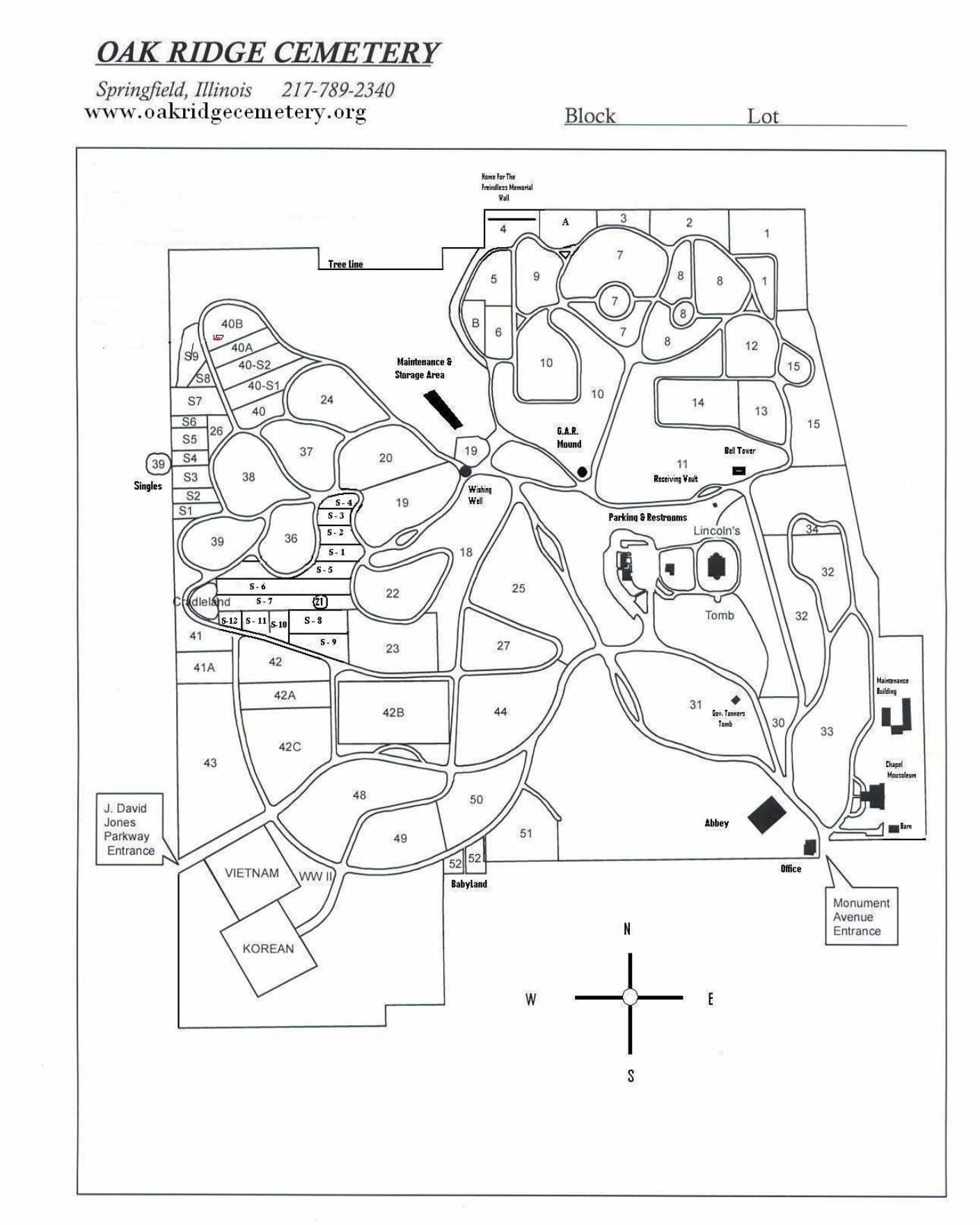I am tentatively starting a new feature on I, Splotchy.
I am going to interview practitioners of different religions to ask them specific questions regarding the existence, purpose, making and unmaking of sacred spaces.
I have two people I have reached out to thus far. To better explain the intent of this feature, I’ll include the spiel I relayed to them prior to asking some questions.
*****
A few months back, I was working in a neighborhood Chicago arts center, helping my friend shoot a movie. This arts center used to be a Lutheran church. I spent a lot of time there, in different rooms, including the main cathedral (is cathedral the right word?). It was kind of weird being around all the pews, etc., but knowing that the place wasn’t a church any longer — it was strictly an arts center, and had no religious affiliation whatsoever.
It got me thinking about:
What makes a space sacred?
Did they initially consecrate the church where I was now standing? How did they do that?
Did they deconsecrate the church where I was now standing to stop it from being a church? How did they do that?
I realize that the sacred can be everywhere, and that’s an important concept to keep in mind. I know very little about Islam, but it’s my understanding that several times a day Muslims pray towards Mecca, and they do this from work, from home, etc.
Yet, there are also mosques. Are mosques imbued with some kind of holiness, which differentiates them from praying in one’s home?
I know places of historical significance can have great sacred meaning to people, but I was thinking more along the lines of sacred spaces that are part of a person’s immediate environment — a local synagogue, a church, a mosque.
I see the sacred as representing a kind of pathway to a Divinity or a higher power of some sort, and sacred spaces somehow tie into it (at least in my mind).
I want to know how a space becomes sacred. I want to know how a space stops being sacred.
How is the pathway, the conduit, to divinity/spirituality/awareness opened? Through what mechanism(s)?
*****
I had an email conversation with Ed Russell (father to Tim), where he was gracious enough to answer some of my questions, which are included below.
First, some background information:
*****
Ed: I have been interested in Buddhism since the early 70s. I began formal practice (at a Zen Center with a teacher) in 1999. I was ordained in 2001.
In Buddhist circles I would be Ed Mushin Russell (Mushin being part of my Dharma name).
[My responses] reflect my own opinion and I cannot speak for other Buddhists.
*****
Splotchy: What religion will be talking about?
Ed: Buddhism, particularly Zen Buddhism
S: In this religion, is there a concept of sacredness? Of the holy?
E: Strictly speaking, no. In the 6th century CE a famous Buddhist monk (Bodhidharma) traveled from India to China. The emperor heard about it and sent for him. When asked what his teaching was, Bodhidharma replied “Vast emptiness, nothing holy.” The emperor was not thrilled with this answer, but that’s another story.
On the other hand, there is nothing that is not sacred and holy. When asked what the essence of Buddha’s teaching was, an ancient Zen master replied, “Drinking tea and eating rice.”
S: Is there a concept of a sacred space? A location that that has been imbued with some properties of holiness?
E: In keeping with the ambiguity of my previous reply, yes and no. The holy place is always right here now. There are, however, places such as monasteries, temples and zendos which can be more conducive to Buddhist practice. People spend time in these places to focus and strengthen their practice. But our life, just as it is and right where we are, is the place that Buddhism always exists, whether we are sitting on a cushion in the temple or sitting on the toilet in a gas station.
S: How is a space imbued with holiness?
E: Because that is where you are.
S: Are there instances where a sacred space is deconsecrated, where its holiness is removed?
E: Yes.
S: How is a sacred space deconsecrated?
E: When we are caught up in our ideas and beliefs about what and where we should or shouldn’t be, we are no longer right here now and turn the sacred into the profane. Greed, anger and delusion poison our life and turn the freedom that is always ours into a prison of our own making.
*****
Thank you very much to Ed for answering my questions.
